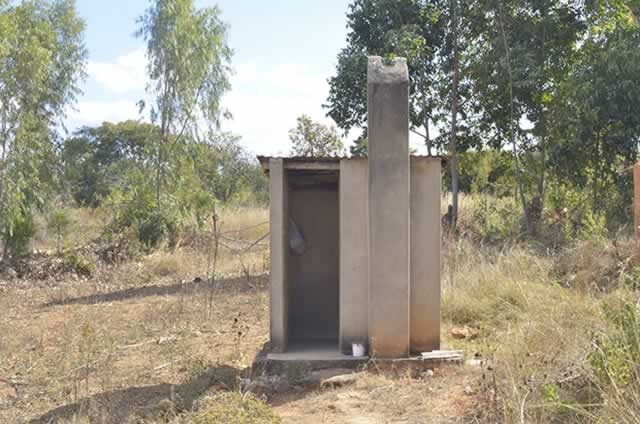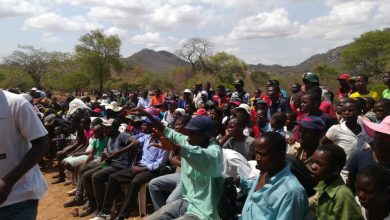Open defacation rife in Matabeleland: Report

By Albert Nxumalo
THE Government has been urged to urgently address the high cases of continued open defecation in rural areas particularly in Matabeleland as the practice stand to derail the attainment of upper middle income status by 2030.
Open defecation is the disposal of human waste in fields, forests, bushes, open bodies of water or other open spaces or with solid waste.
The Zimbabwe Vulnerability Assessment Committee (ZimVAC), in its latest report said open defecation was prevalent in all provinces with the practice high in Matabeleland North.
“Matabeleland North has consistently had high proportions of households (over 50%) practicing open defecation,” reads the report in part.
“Zimbabwe has aspirations to attain the status of an upper middle income country by 2030 and sanitation is one of the major indicators to measure this attainment”.
According to the report, Binga (59.5%), Tsholotsho (59.5%) in Matabeleland North and Beitbridge (59.3%) in Matabeland South had the highest proportion of households practicing open defecation.
“Matabeleland North had over 40% of the households practicing open defecation. This picture of high open defecation in Matabeleland North has been consistently high and is worrisome.There is need for urgent action to reduce the proportion of households practicing open defecation”.
ZimVAC report also noted that the proportion of households without hand-washing facilities at their toilets was more than 80% in all districts in the country.
The proportion of households accessing water from improved sources is 77%, it said.
However, Mangwe (44.7%) and Kariba (32.5%) where singled out as having high proportions of households accessing water from surface water sources.
According to the report, access to water at a national level was still a challenge with indications showing that villagers in most parts of the country still travel long distances to fetch water.
“Nationally, there was an increase in the proportion of households travelling distances more than 1 km to the main water source from 16% in 2019 to 20% in 2020.
“The highest proportion of households travelling distances more than 1 km was in Matabeleland South (33%) and lowest in Manicaland (9%).
Nationally, the report said the role of fetching water for drinking and cooking was performed mostly by women (80%).
“Matabeleland South (28%) had the highest proportion of households in which cooking and drinking water is fetched by men.
“This can be attributed to Matabeleland South having the highest proportion of households that travelled distances more than 1km (33%) to the water source as previously observed”.
“The increased distances to the main water source can be attributed to the breaking down of boreholes and drying up of most water sources in the rural areas, e.g. rivers, wells and boreholes due to poor rains experienced in 2019/2020 rain season,” the report said.
ZimVAC is a consortium of government, development agencies, UN, NGOs, technical agencies and academia whose mandate is to promote a multi-sectoral response to food insecurity, nutrition, water and sanitation issues.






